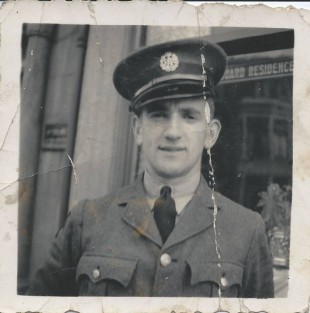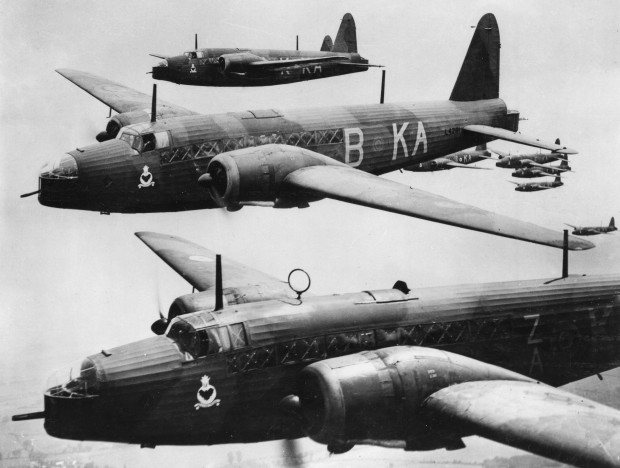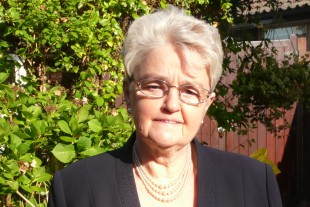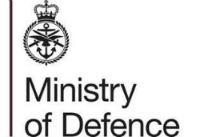
The Ministry of Defence (MOD) has tracked down the cousin of a RAF airman who was shot down in the Netherlands and whose final resting place was unknown for almost 75 years.
Last month, the MOD’s Joint Casualty and Compassionate Centre (JCCC) appealed for the family of Sgt Roy Penry Williams to come forward, via Facebook, Twitter and gov.uk. And eight days later, Elizabeth Joseph, his first cousin once removed, made contact and is now attending a service held in his memory.
Sgt Williams, from Bridgend, was the radio operator on Wellington R1397 of 103 Squadron, which left RAF Elsham Wolds in Lincolnshire on 25 July 1941 on a mission to bomb the German town of Emden. The mission was successful but on their return, Sgt Williams, 21, and five other crew members were killed when the aircraft was shot down by a German fighter near Boznum.

It was thought the crew was buried locally but their precise resting place was not known. However, recent research by the JCCC and a review of evidence submitted by the Royal Netherlands Army confirmed that all six airmen were buried in a communal grave at Leeuwarden Cemetery in the Netherlands.
In light of this new information, JCCC wanted to find the family of Sgt Williams to invite them to the re-dedication service and to offer them the opportunity to have input on the inscription for a new headstone. The social media appeal led to national and regional media coverage, including stories in the Daily Mail and ITV online and a live appeal on BBC Radio Wales, along with many posts shared by members of the public.
Mrs Joseph was sent a copy of an article in the Western Mail by another relative, who lives near Bridgend. She got in touch with JCCC and said Sgt Williams’s father, Robert Penry Williams, and his mother, Ketura, had passed away but that she remembered visiting them when she was younger.
Mrs Joseph, 74, from Derbyshire, said:
When I saw the MOD's appeal, I had mixed emotions reading it and how it resurrected the sadness Auntie Ket felt at the time. I'm delighted that Roy and the other five crew members are being formally recognised for what they did, but I also remember how sad Auntie Ket was on hearing that Roy was missing, presumed dead.
Reading such news was very difficult for her to accept to the extent that she never again locked the doors of the bungalow, believing that Roy would come home one day.

Mrs Joseph plans to travel to the Netherlands and join relatives of the other crew members, Sgt John Cox, 24, PO Mervyn Lund, 23, Sgt Arthur Owen, 24, Sgt Alfred Le Poidevin, 23 and Sgt Frank Walker, 30, at the service.
She added:
I was only a one-year-old when Roy was killed, so I don’t remember that day but I used to visit Auntie Ket with my mam and dad. Auntie Ket passed away over 50 years ago, having survived her husband Robert Penry by many years, but she would be so proud of this occasion and it is a shame she is not here to see it for herself.
The service on 15 September to re-dedicate two new headstones bearing the names of the crew brings to a conclusion many months of work by the JCCC in tracing the relatives and working with the Commonwealth War Graves Commission.
The JCCC is part of MOD’s Defence Business Services and provides a focal point for casualty administration, compassionate travel for members of the British Armed Forces, along with co-ordinating investigations into the discovery of remains of British service personnel killed in World War I and World War II.
Follow us on Twitter and don’t forget to sign up for email alerts.
